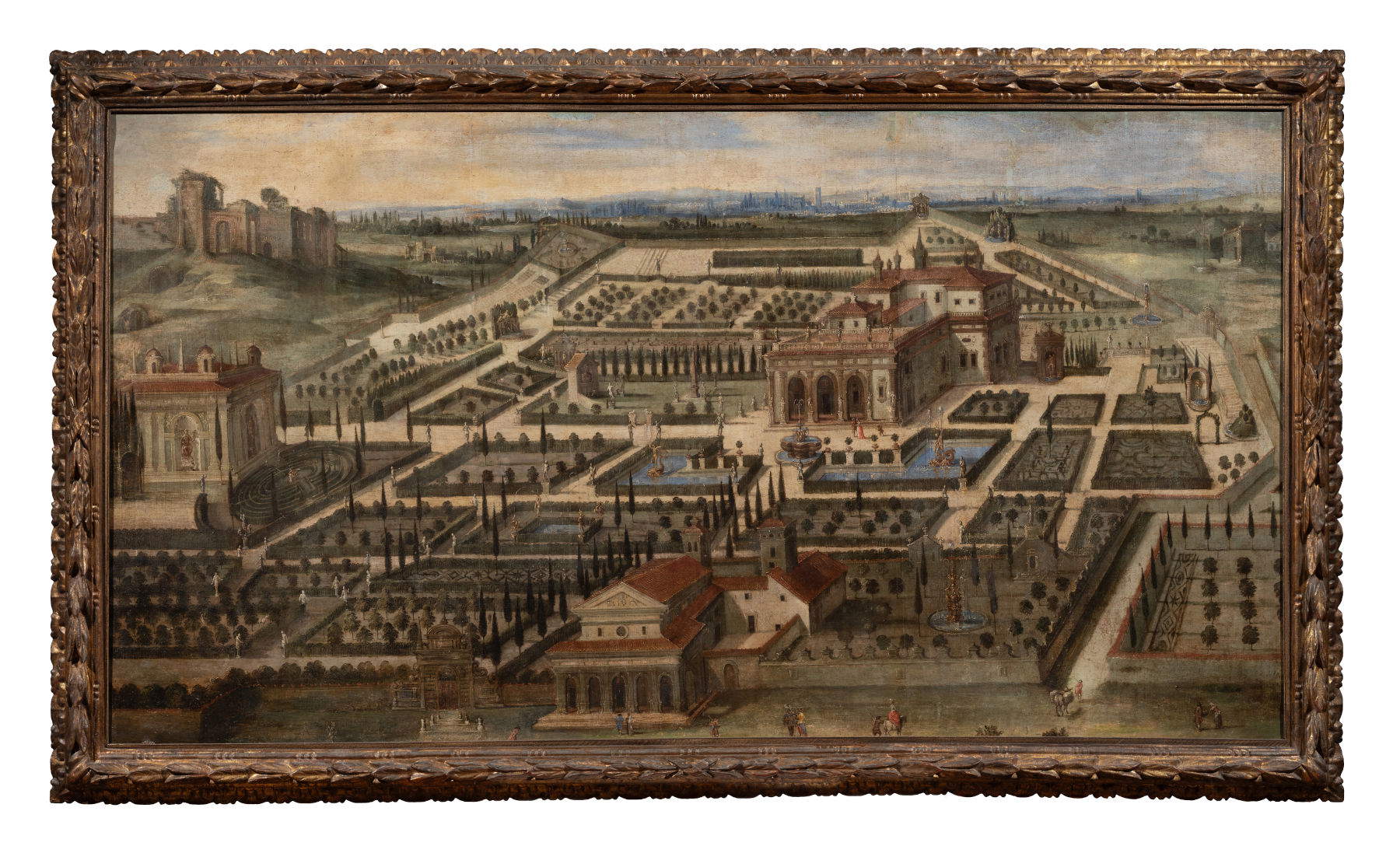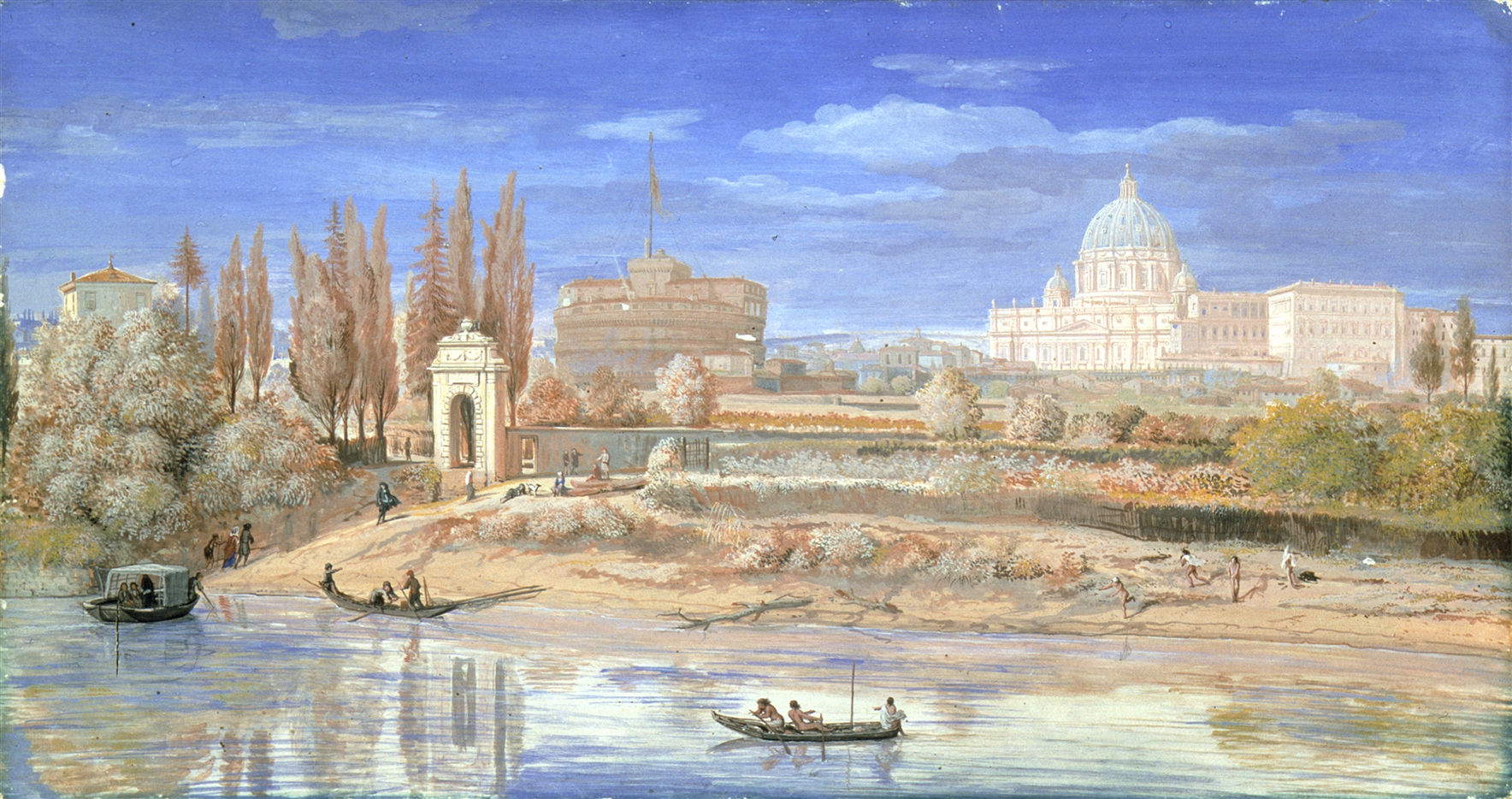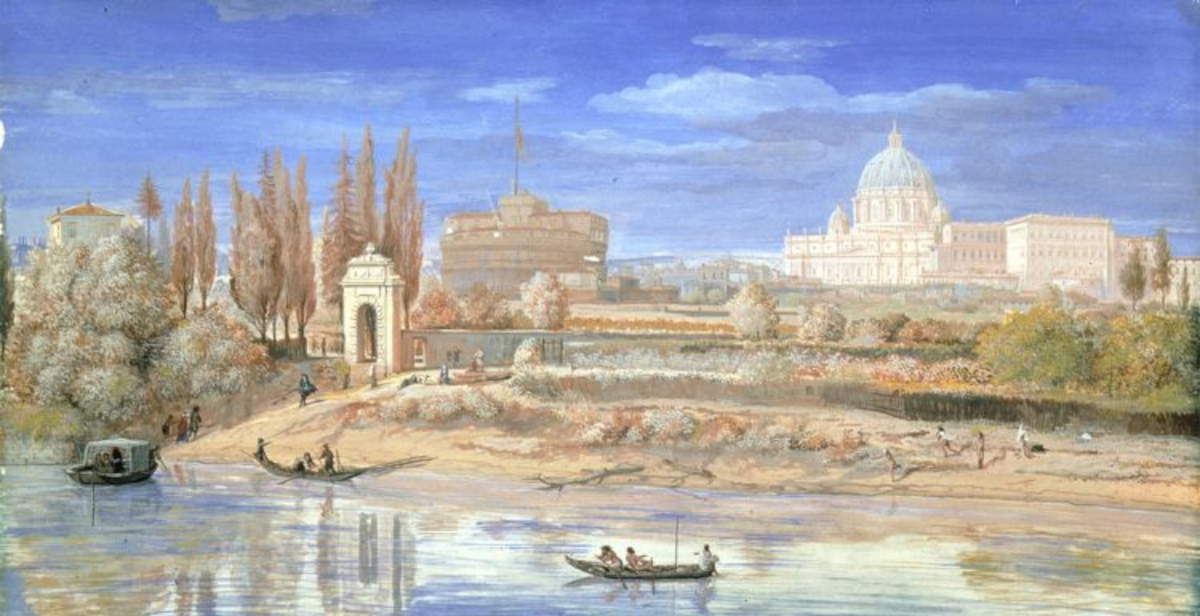Rome guards a heritage of historic gardens unique in the world. Forty complexes, including ancient noble villas, promenades and eclectic gardens from the early 20th century, form a mosaic of art and nature that has marked the city’s urban and cultural history. Dedicated to this interweaving of beauty and power is the exhibition Rome’s Villas and Gardens: a Crown of Delights, on view at the Museum of Rome at Palazzo Braschi from November 21, 2025 to April 12, 2026 and curated by Alberta Campitelli, Alessandro Cremona, Federica Pirani, and Sandro Santolini. The exhibition, for the first time, traces the evolution ofgarden art in the capital from the 16th century to the second half of the 20th century. It is a journey that spans eras and visions, from the splendor of aristocratic Renaissance and Baroque residences to the transformation of large parks into public spaces for the pleasures of the people. Indeed, gardens represented a tangible sign of power, culture and prestige, instruments of propaganda and representation for pontiffs, princes and cardinals who commissioned them and made them a reflection of their image.
The exhibition brings together 190 works, including paintings, views and documents, many of which have never been exhibited before, offering the possibility of reconstructing the original appearance of villas and gardens that have now disappeared or been radically altered. The selected works also testify to the iconographic fortune that Roman gardens had in European painting and taste: true scenic backdrops for festivals, ceremonies and representations of power, but also ideal spaces in which nature was disciplined by art. Among the most important testimonies are the numerous depictions of Villa Borghese, perhaps the most beloved by artists, and those of Villa Medici, immortalized by members of the French Academy as a privileged subject of study and inspiration. An important nucleus is devoted to lost villas, such as Villa Ludovisi and Villa Montalto Peretti, demolished or profoundly altered by nineteenth- and twentieth-century urban expansion. The images of these places restore the measure of the loss of a heritage that united architecture, landscape and memory.



The exhibition is enriched by loans from prestigious Italian and international institutions. Alongside works from the Capitoline collections, there appear paintings and documents granted by the Musée d’Orsay in Paris, the Musée national du Château de Fontainebleau, the Statens Museum for Kunst in Copenhagen, the Národní Galerie in Prague, the Musée cantonal des Beaux-Arts in Lausanne, and the Musées royaux des Beaux-Arts in Brussels. There are also contributions from the Vatican Museums and Library, the Uffizi Gallery in Florence, the Museo e Real Bosco di Capodimonte in Naples, the State Archives in Rome, the Accademia dei Lincei and the Accademia di San Luca, as well as numerous public and private collections.
The narrative constructed by the curators, is based on a solid scientific framework, supported by an international committee composed of Vincenzo Cazzato, Barbara Jatta, Sabine Frommel, Denis Ribouillault and Claudio Strinati. The aim is to restore a complex picture of garden culture in Rome, where art, architecture and botany merge into a long-lasting symbolic language. Promoted by Roma Capitale, Assessorato alla Cultura, and the Sovrintendenza Capitolina ai Beni Culturali, the initiative is organized by Zètema Progetto Cultura with the contribution ofEuphorbiaSrl Cultura del Paesaggio. The catalog, published by L’Erma di Bretschneider, accompanies the exhibition with essays and apparatuses that explore the theme of the garden as an aesthetic and ideological construction, in constant dialogue with the city.
 |
| Rome and its gardens: an exhibition recounts five centuries of landscape art |
Warning: the translation into English of the original Italian article was created using automatic tools. We undertake to review all articles, but we do not guarantee the total absence of inaccuracies in the translation due to the program. You can find the original by clicking on the ITA button. If you find any mistake,please contact us.